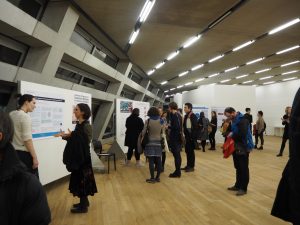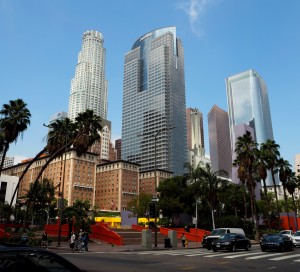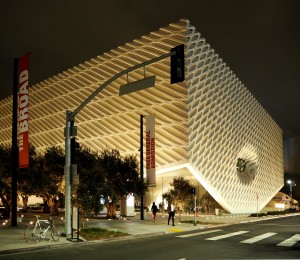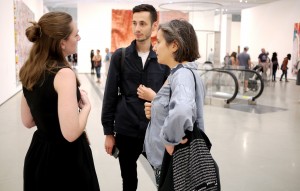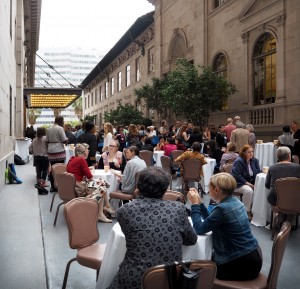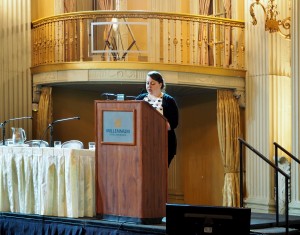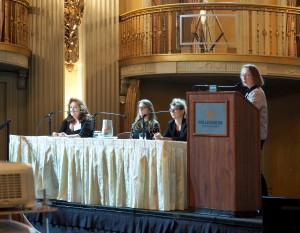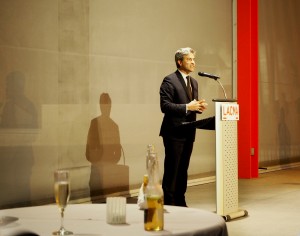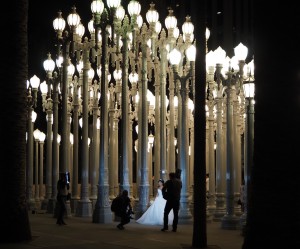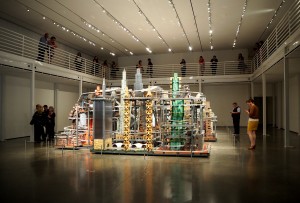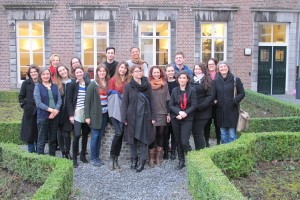Open access has hit contemporary art preservation and conservation as well. Ever more publications are appearing with free access for all researchers worldwide.
We have compiled a list of English-language monographs, conference proceedings, and journal issues from our field. Currently the list contains fifteen titles, and will be expanded periodically.
Barranha, Helena, and Susana S. Martins (eds.), Uncertain Spaces: Virtual Configurations in Contemporary Art and Museums, Lisbon: Universidade Nova de Lisboa, 2015, 251 pp. Based on the conference produced in the framework of the Unplace project.
PDF
Beerkens, Lydia, and Tom Learner (eds.), Conserving Outdoor Painted Sculpture, Los Angeles: Getty Conservation Institute, 2014, 145 pp. Proceedings from the interim meeting of the Modern Materials and Contemporary Art Working Group of ICOM-CC, Kröller-Müller Museum, Otterlo, 4-5 June 2013.
PDF
Dekker, Annet (ed.), Archive2020: Sustainable Archiving of Born-Digital Cultural Content, Amsterdam: Virtueel Platform, 2010.
PDF
Dekker, Annet ed., Speculative Scenarios, or What Will Happen to Digital Art in the (Near) Future?, Eindhoven: Baltan Laboratories, 2013, 144 pp.
PDF
Depocas, Alain, Jon Ippolito, Caitlin Jones (eds.), Permanence Through Change: The Variable Media Approach, New York: Solomon R. Guggenheim Museum, with Montreal: Daniel Langlois Foundation, 2003, 137 pp. Outcome of the research project Variable Media Network (2001-04).
PDFs
Interventions 4(1): “Object Lesson: Conservation and Contemporary Art”, eds. Anna Linehan and Béatrice Grenier, New York: Columbia University, Jan 2015.
HTML
Lavédrine, Bertrand, Alban Fournier, and Martin Graham (eds.), Preservation of Plastic Artefacts in Museum Collections, Paris: CTHS, 2012, 325 pp. Outcome of POPART project.
PDFs (in respective website sections)
Media-N 11(1): “The Aesthetics of Erasure”, eds. Paul Benzon and Sarah Sweeney, New Media Caucus, 2015.
HTML
Noordegraaf, Julia, et al. (eds.), Preserving and Exhibiting Media Art: Challenges and Perspectives, Amsterdam University Press, 2013, 428 pp. Outcome of the research project (2007-10).
PDF
Revista de historia da arte, 4: “Performing Documentation in the Conservation of Contemporary Art”, eds. Lúcia Almeida Matos, Rita Macedo, and Gunnar Heydenreich, Lisbon: Instituto de História da Arte, 2015, 196 pp. Proceedings of the 2013 conference.
PDF
Reyes-Garcia, Everardo, Pierre Châtel-Innocenti, and Khaldoun Zreik (eds.), Archiving and Questioning Immateriality: Proceedings of the 5th Computer Art Congress, Paris: Europia, 2016, 466 pp.
PDF
Rivenc, Rachel, and Reinhard Bek (eds.), Keep It Moving? Conserving Kinetic Art, Los Angeles: Getty Conservation Institute, 2018. Proceedings from an ICOM-CC MMCA meeting organized in Milan, 2016.
HTML
RTRSRCH 2(2): ““, eds. Scott deLahunta and Bertha Bermúdez, Amsterdam School of the Arts, 2010, 44 pp. Special issue on the documentation, analysis, reconstruction and preservation of contemporary performance.
PDF
Scholte, Tatja, and Glenn Wharton (eds.), Inside Installations: Theory and Practice in the Care of Complex Artworks, Amsterdam: University of Amsterdam Press, 2011, 266 pp. Outcome of the Inside Installation project.
PDF
van Saaze, Vivian, Installation Art and the Museum: Presentation and Conservation of Changing Artworks, Amsterdam: University of Amsterdam Press, 2013, 226 pp. Based on author’s dissertation.
PDF
VoCA Journal, ed. Robin Clark, New York: Voices in Contemporary Art, since 2015. Published three times a year.
HTML
Wijers, Gaby, Evert Rodrigo, and Ramon Coelho (eds.), The Sustainability of Video Art: Preservation of Dutch Video Art Collections, Amsterdam: Foundation for the Conservation of Modern Art, 2003, 167 pp. Outcome of the research project Preservation Video Art (2000-03).
PDFs: Part 1, Part 2, Part 3
Do you have any further recommendations? Please leave them in the comments!
